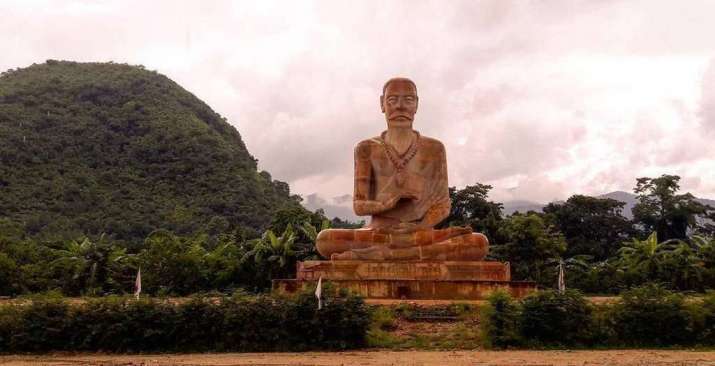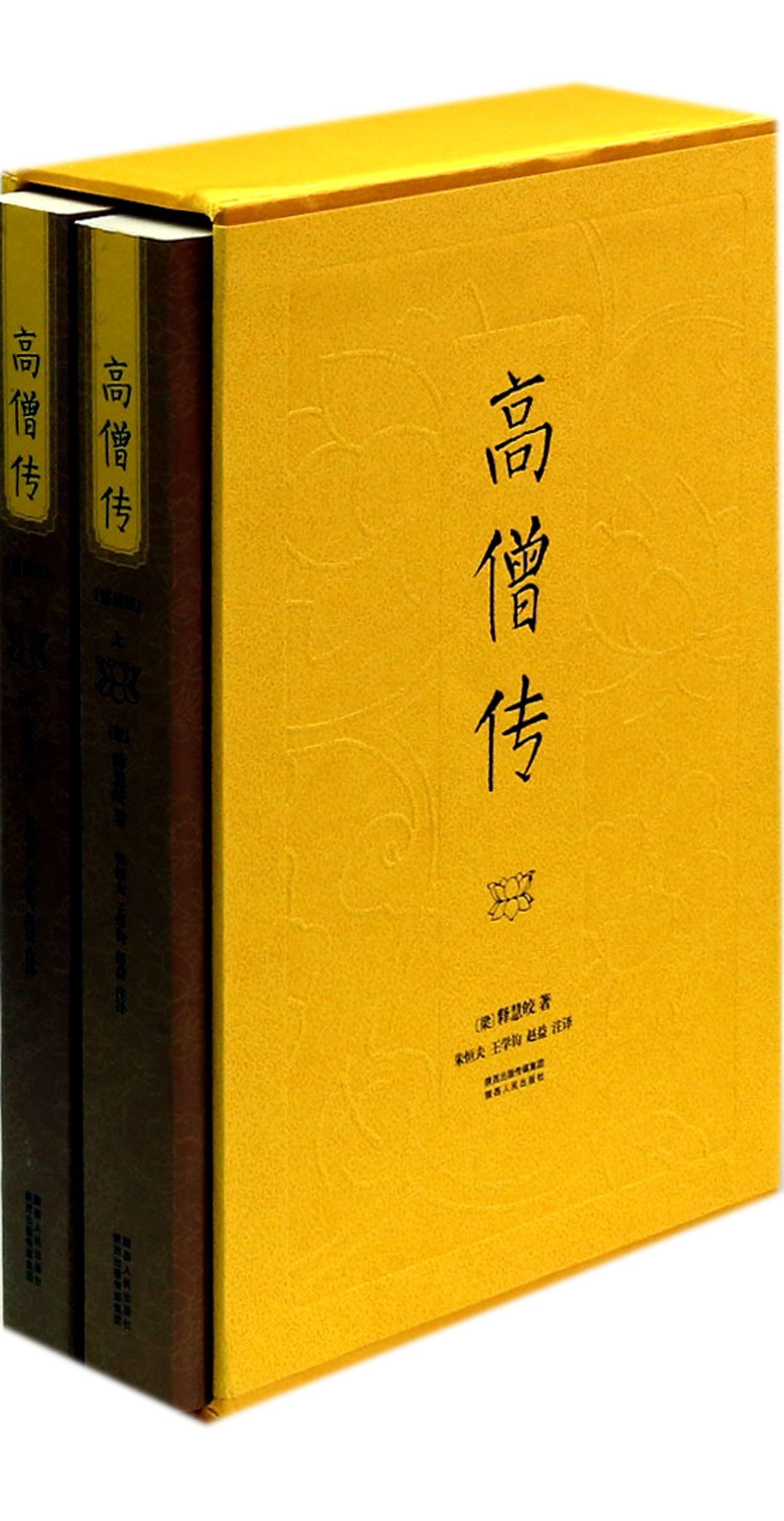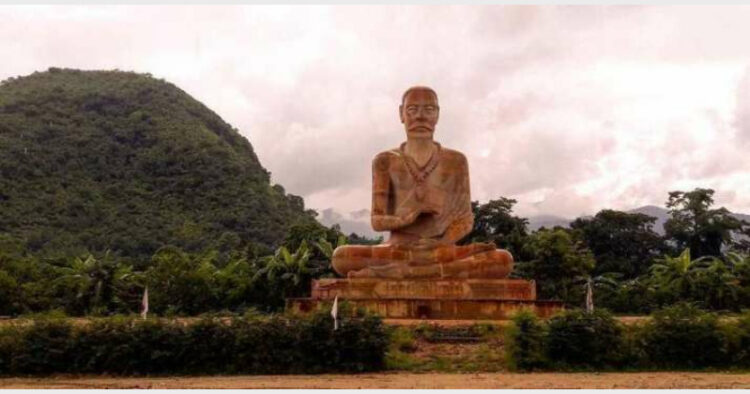
Indian Acharya & Physician Jivaka
Dr Shashibala
Chinese historical chronicles acknowledge that Indian sciences and scientists were successful in controlling contagious diseases and epidemics. Great Indian acharyas were famous for their curing skills and they also translated medical texts and prescriptions from Sanskrit into Chinese.
Coronavirus, a new disease has terrorized the world struggling hard to find its cause and remedy. It emerged suddenly, infected lakhs and even killed thousands. Media brings shocking news every day. Thousands in critical condition are to be treated; medical facilities are crumbling; the world is up in arms to stop the contagious disease trying hard to find causes behind it.
Destruction of ecological balance, violation of ozonosphere, shortage of freshwater, and extinction of biological species is endangering human existence. The world accepts that following the western philosophy of accepting man as master of nature, we have damaged the fabric of nature and have even intruded into the animal world. It is a world of scientific advancement with an open mind. Let us pause and think, if there was or can be any possibility of any solution in the Eastern mode of thought and practice. The question is— are there any leads to researches to find remedies in such situations.
When I received a message from a friend in Singapore that people in Chinese monasteries are performing homam to contain the disease, felt duty-bound to write this article as an answer to the question— do we need to have faith in Indian medical science, its scientific culture, practices, and connect between science and spirituality?
Where science stops spirituality begins to work. Many scientists are doing research on ancient Indian practices, mapping them scientifically, and showing positive results, acknowledging ancient Indian ways and means to protect the environment to save humanity from infections and viruses through havan/homa, planting specific trees and plants, boosting immunity to fight diseases through pranayama and yoga etc.. The list is long but here I am focusing on the Chinese historical chronicles that acknowledge Indian sciences and scientists controlling contagious diseases and epidemics.

Biography Of Eminent Monks (Chinese) by Shi Huijiao recorded how Buddhism was introduced into China and how Buddhist scriptures were translated into Chinese
Dialogue Between Two Civilisations
There has been a dialogue among civilizations over past centuries. Chinese historical chronicles refer to curing diseases, stopping storms and epidemics, protection from fatal strikes of lightning etc. by Indian acharyas. It happened with the entry of Buddhism which was taken to China to mitigate suffering and make the people happy wiping tears of agony and distress from the eyes of the people. Apart from sowing the seeds of love and compassion, meditation and enlightenment, democracy and equality, social reforms and imperial virtue, cheering up the downtrodden, introducing temple culture and monastic structure, medical science penetrated deep into the Chinese system.
Indian Acharyas Controlling Epidemics in China
An Indian acharya presented a perfume to the Chinese Han Emperor Wu during 2nd-1st century BC. At first, the Emperor was not much attracted to the egg-like presents. Just then a severe epidemic broke out in Ch’ang-an taking away many lives. The Indian asked the Emperor to burn that. Its fumigation stopped the epidemic and even resurrected the dead. Its perfume spread to an area of 50 kilometres and its effect lasted for three months. The Emperor was grateful, conferred great honours on the Indian guest, presented a special dinner, and bid farewell to him. This is given in the “Collection of Information on Things of Universe” written by Zhang Hua (232-300AD). A Chinese historical record “General Records of Buddhist Patriarchs” was compiled in 1296. It gives details of activities of Indians in China. According to it a monk from Bharat, Hala Haraka/Hari Vikrama helped the Chinese to stop a terrible epidemic with medicine and charms/mantras in Loyang, an Imperial city of Northern China in 287. It stopped a devastating epidemic in the Imperial capital Chang-an and saved thousands of lives. Such events indicate a great reputation of Indian perfume medicine and fumigating with them in ancient China.
Indians Curing Incurables in China
An Indian Acharya Jivaka went via sea route and arrived in Loyang. He became famous as a doctor who could cure incurable diseases around 306 AD. He treated the Governor of Hengyang province Teng Yongen. He was not able to walk because of problem in his foot being paralyzed for many years. This is detailed in the historical work “Biographies of Eminent Monks”, an important work on Indo-Chinese relations contains information about 257 monks, both Indian and Chinese who played a key role in the dissemination of Indian culture to China. Apart from curing incurable diseases, there are references to Indian magicians performing rejoining of severed tongue, spitting fire, swallowing a knife and rejoining broken cloth.
Curing Chinese Suffering From Contagious Diseases
Another Indian acharya Buddhchinga was a great doctor, an astronomer and an astrologer. Looking at his capacities he was known as a magician. He had studied in Kashmir under famous Buddhist masters. He could recite scriptures in millions of words. He had reached the then capital of China Loyang in 310 AD. At that time the ruler Shi Le was helped by Buddhachinga to win in battles and get his army cured suffering from a contagious disease. When he cured Shi Le’s army from infectious disease people were so impressed that they embraced Buddhism en masse. Shi Le appointed Buddhachinga as Rajya Guru. Shi Le’s successor bestowed even greater honours and patronage on him. He used to attend court sessions, crown prince and top courtiers used to escort him, was given standing ovation when entering the court, and he was offered a seat by the side of the Emperor. Courtiers used to address him as great monk. There was so much enthusiasm that Buddhaching could build 893 temples in North China. The Chinese historiography remembered him as “Shengsheng” meaning ‘divine monk’. His disciples actively worked in China following the footsteps of their guru.
Fumigation by Indian acharya in china saved many lives during epidemic
Indian perfumes began to enter China in 98 BC when the Kushana Empire presented a magic incense to the Imperial court of Han Dynasty. A guest from Bharat to China presented three pieces of incense that resurrected many dead to life in the capital of Ch’ang-an during an epidemic. Chinese began to use Chandan calling it zhantan; turmeric and coriander became a part of Chinese cuisine. Turmeric was called yujinxiang meaning fragrance that gathers gold.
In Chinese Buddhist literature Buddha’s country is called ‘fragrant land’. Buddhism introduced the ritual of incense burning and filled the Chinese life with the concept of fumigation. Buddhist temples were designated as ‘houses of fragrant fire’ (=havan) and Buddhist organization as ‘society of fragrant fire’ (hotri sangha). Money donated by people was called ‘money of fragrant fire’(=havan nidhi). Chinese began to burn incense for a good cause. The expression ‘fragrant for burning fiercely’ indicated ‘thriving religious activities’ and ‘fragrant fire extinguishes’ meant religious activities coming to a halt. Pilgrims, donors and lay disciples engaging in religious activities were called ‘having a date with fragrant fire’. People addressed each other as ‘brothers in fragrant fire’. There is a clear indication to performing havans, acceptance of their impact and popularity in China.
Introduction of Ayurveda to China
Medicine in Bharat was a well-developed science and it reached China. Great Bharatiya acharyas translated medical texts and prescriptions from Sanskrit into Chinese. Acharya Dharmarksha edited and translated ‘Classic on Four Hundred and Four Diseases of Human Body’ and ‘Classic on the Path to Cultivation’. He also recorded the pathogenesis theory of Buddhist medicine. It was followed by number of other works including those compiled by Chinese Emperor Wu. The Bharatiya masters were welcomed because of their curing skills. China had developed its medical system and it could be benefited from the Bharatiya prescriptions extensively. Wang Tao (670-755 AD) compiled ‘Important Secret Prescriptions’. During Sui and T’ang Dynasties many Bharatiya medical theories reached China. Chinese were impressed by the Bharatiya treatment of cataract extraction with needles often performed by non-Buddist monks. Poet Liu Yuxi even wrote a poem in praise of a doctor when he was treated for his eyes.
Ayuvedic Texts on Medical Science
Discovery of Sanskrit manuscripts called Bower Manuscripts from Kucha, now in the Chinese Xinjiang region opened up a new path of researches in Central Asia. It is a fifth century medical manuscript written on birch bark in Brahmi script in Sanskrit language. The second is on predicting future by dicing- Pashak Kevali and the third is on remedy from snake bite- Mahamayuri-vidya-ragyi. Like Jivaka pustaka and Siddhasara Bower manuscript also plays an important role in researches on Chinese medicine.
Astro-medicine was practiced in Bharat and travelled abroad. It is still practiced by Tibetan doctors. In the period of Northern Dynasty the Chinese Dharma Branch translated 20 volumes of Brahmana Astronomy. A volume in Book of the Sui Dynasty describes ten medical texts of Bharat including four volumes of Prescriptions by Nagarjuna, 23 volumes of ‘Medicinal Prescriptions of Fairies in the Western Regions’, One volume of Catalogue, ten volumes of ‘Medicinal Prescriptions of None Fairies of Fragrant Mountain’. China has preserved a long history of acceptance of Bharatiya prescriptions.
Medicinal Value of Aromatic Plants-from Bharat to China
Chinese medical science solicited Bharatiya supply of fragrant plants from very early times. Bharatiya Buddhist monks carrying aromatic plants and plant products were known as men of skills of curing and healing people from incurable and contagious diseases. Knowledge about aromatic plants reached China when Bharatiya medicinal texts were taken and translated over the centuries. They played an important role in development of Chinese medicine. It resulted in Bharatiya acharyas being revered as gurus and even worshiped a gods.
In China saffron was used for medicines, flavoring and coloring during religious ceremonies. It could expel all foul odor, and get rid of impure air, and diseases in body. Itsing, a Chinese pilgrim to Bharat describes that haritaki grew mostly in the west, saffron grew in the north and the west abounded in asafetida. He has also recorded many fragrant medicines and cardamom. Kashmir was famous for dragon studhorses, saffron, fire balls and herbs.
Law of Garuda
The Bharatiya myth of Garuda was prevalent in China because of faith in its power of protecting from calamities and diseases. There is a chapter on the ‘Law of Garuda’ in a Buddhist text of Arya-manjushri-mulakalpa. It was popular in China for many centuries. One of the Chinese pilgrims, coming to Bharat in search of scripture, Itsing translated it. Dharmabhadra, an Bharatiya acharya of tenth century and several others also translated it. Garuda became a symbol in Chinese painting. One can see it painted in the Yonghe Palace temple in Beijing. Many Ming dynasty temples have also preserved this theme. The ruling elite liked to subsume the power of Garuda to strengthen the political authority.
Presentation of Books on Prescriptions
The Annals of Sui Dynasty mentions that a book entitled “Prescriptions of Bodhisattva Nagarjuna”, a text on astronomy and Bharatiya medicine were presented to the T’ang Emperor Xuangzong I in 719 AD by an envoy from Kapisha. A famous classic on Chinese medicine contains discourse on Bharatiya medical theories and prescriptions. It states that prescriptions given by Brahmanas were quite attractive for the Chinese. In 752 AD Wang Tao collected all the available prescriptions that were used till then. They were meant for curing diseases of ears and eyes, and could turn grey hair into black. Annals of the Sung Dynasty are valuable to search Bharat’s contribution to Chinese science and technology. It was the time when contacts between Cholas and Sung China were at the peak. It has a chapter specifically on Cholas. There are other books i.e. calendar by Gautama Siddhartha, a treatise written on pulse by Jivaka, sixty-four question & answers by him, a treatise on eye diseases, important prescriptions, and treatise on the entrails. This was a time of much interaction. Even Bharatiya games like throwing dice and others reached China. Itsing has mentioned prescriptions to cure diseases like deafness and blindness using lotus herbal ointment. In some prescriptions, basil leaf, green cinnamon, and sweet gum are mentioned with other herbs. There is a lot of archival material to search and translate into Hindi and English to highlight Bharat’s contribution to contain epidemics and contagious diseases.
(The author is the Dean, Center of Indology, Bharatiya Vidya Bhavan, New Delhi)














Comments